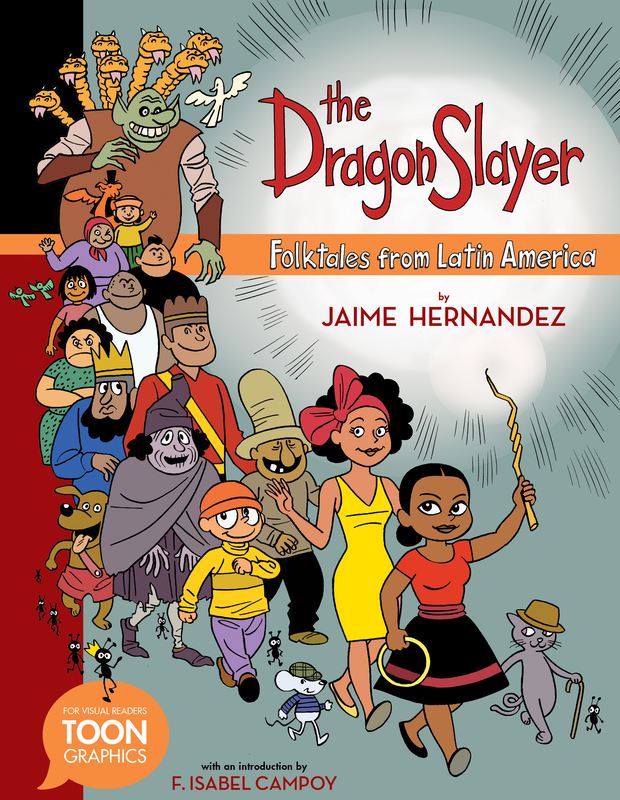
Others said that he was decapitated by the emperor of Persia for trying to convert the emperor’s wife to Christianity. For this foolhardy act he was arrested and eventually put to death. According to some accounts, he tore down and impulsively stamped on an edict that had been issued by the Roman emperor Diocletian. In spite of this good deed, George eventually came to an unhappy end. He led the cowering beast back to the city, where he killed it by slicing off its head in a single blow, in view of the entire populace. He quickly bound the dragon up with the princess’s girdle (although never adequately explaining to the king how that item of clothing had come off). Without delay the good knight attacked the surprised dragon with his lance. By the time George arrived on the scene, even the king’s daughter had been bound up and was about to be offered to the creature. After all the sheep had disappeared, the townspeople found it necessary to offer up all their children to the dragon, until only the daughter of the king remained. There he learned of a dragon, living in a nearby lake, that was reputedly raiding neighboring pastures and eating the sheep. During one of his travels, he came to the city of Silene (or Sisena) in Libya. He lived before the time of Constantine and was probably born in Palestine. The first really epic battle between man and dragon that comes down to us in any detail is that of Saint George. Clearly, the weapons and methods used by these early warriors were not always equal to the task.

Some centuries earlier, in England, Beowulf took on a similar dragon but was fatally wounded in the resulting battle.


Some people believe that he slew the dragon Fafnir to rescue a captive maiden in other accounts he was simply looking for treasure.

One of the earliest known dragon slayers was the warrior Siegfried (in the Teutonic version), or Sigurd (Scandinavian version), who lived so long ago that the facts of his dragon-battle are greatly muddled. Excerpted, by permission, from Dragons and Unicorns: A Natural History, by Paul ’55 and Karin Johnsgard.


 0 kommentar(er)
0 kommentar(er)
